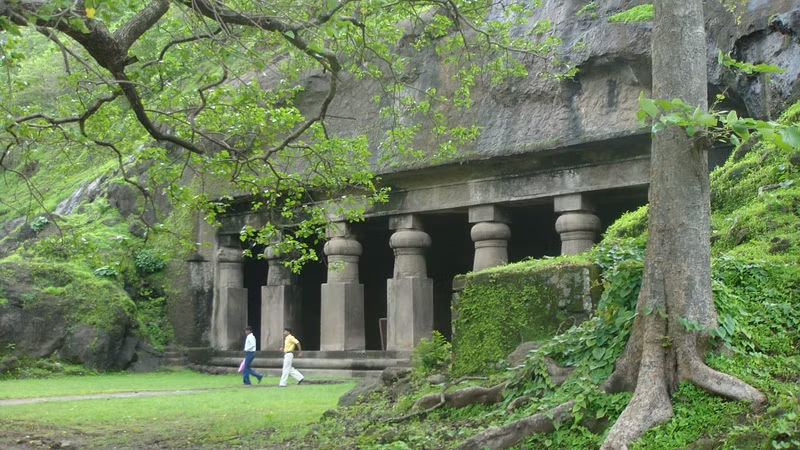When we think of ancient Greece, grand temples, philosophers, and epic tales often come to mind. However, one of Greece’s most intriguing yet lesser-known historical landmarks is its own version of the Colosseum. Although not as widely recognized as its Roman counterpart, the Collseum Greece stands as a testament to the rich cultural heritage and architectural brilliance of ancient Greek civilization. In this article, we will delve into the history, architecture, cultural impact, and modern-day significance of the Collseum Greece.
History of the Collseum Greece
The Collseum Greece, often overshadowed by the famous Roman Colosseum, has a rich and unique history of its own. Built during the Hellenistic period, this grand structure was a center of entertainment and public gatherings in ancient Greek society. The Roman Colosseum is mainly known for gladiator contests. In contrast, the Greek Colosseum focused more on theatrical performances, public speeches, and athletic competitions.
The origins of the Collseum Greece can be traced back to the reign of King Pyrrhus of Epirus, who ruled during the early 3rd century BCE. Inspired by the grand amphitheaters of Rome and the architectural marvels he observed in cities like Cairo (Al-Qahirah), Pyrrhus commissioned the construction of a similar structure in his kingdom. The builders strategically constructed the Colosseum in the city of Epirus, a cultural hub in ancient Greece. It quickly became a symbol of the region’s power and influence.
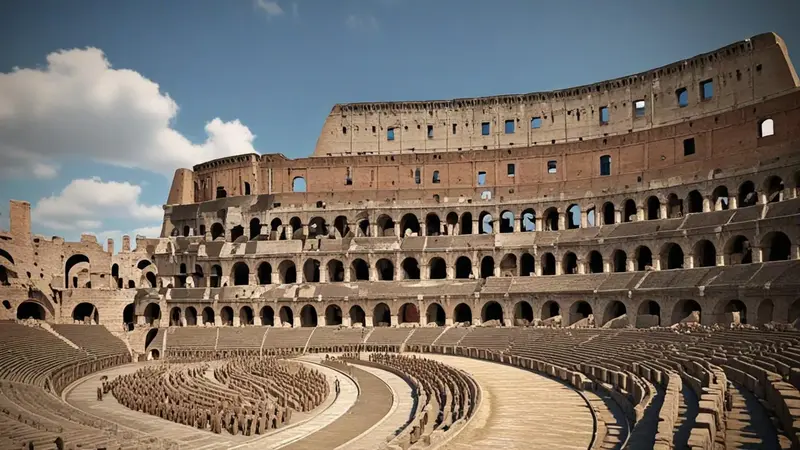
Architectural Marvels of the Collseum Greece
The Ancient Collseum Greece is an architectural marvel that reflects the ingenuity and craftsmanship of ancient Greek builders. Unlike the Roman Colosseum, which builders primarily constructed with concrete and stone, artisans built the Greek version using locally sourced marble and limestone. This choice of materials not only added to the aesthetic appeal of the structure but also contributed to its longevity.
The design of the Collseum Greece is a blend of Greek and Roman architectural elements, reminiscent of the grandeur seen in the Mauritanian royal shrine. The amphitheater features a circular design with tiered seating that could accommodate thousands of spectators. Planners meticulously designed the seating arrangement. They ensured that every spectator had a clear view of the events in the arena. The use of columns and arches in the design is a testament to the influence of Roman architecture, while the intricate carvings and decorative elements reflect the artistic sensibilities of the Greeks.
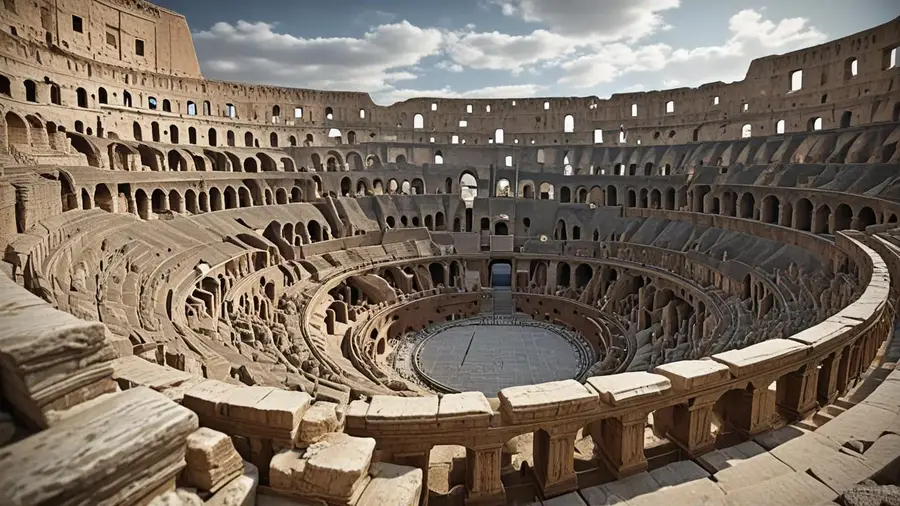
One of the most impressive features of the Collseum Greece is its acoustic design. The architects paid special attention to the acoustics of the amphitheater, ensuring that even the faintest sounds could be heard clearly by the audience. This was particularly important for theatrical performances, where the clarity of dialogue was crucial. The clever use of materials and design techniques allowed for natural amplification of sound, making the Colosseum a perfect venue for large gatherings.
Cultural Impact of the Collseum Greece in Ancient Greece
The Collseum Greece was more than just a venue for entertainment; it was a cultural icon that played a significant role in the social and political life of ancient Greece. The events held in the Colosseum were not only a source of entertainment but also a means of reinforcing social hierarchies and cultural values.
Theatrical performances, which were a staple of Greek culture, were often staged in the Colosseum, much like the performances that took place in Al Biania’s Stone City. These performances were not just a form of entertainment but also a way of conveying moral and philosophical messages to the audience. Famous playwrights like Sophocles, Euripides, and Aeschylus performed their works in the Colosseum. This made the Colosseum a center of cultural and intellectual life in ancient Greece.
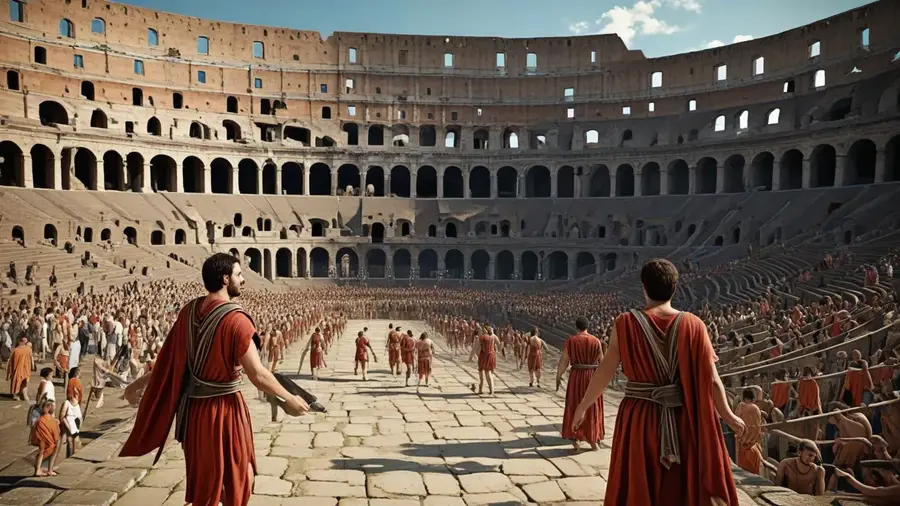
In addition to theatrical performances, the Collseum Greece also hosted athletic competitions that were an integral part of Greek culture. These competitions, which included events like wrestling, boxing, and chariot racing, were not only a test of physical prowess but also a means of honoring the gods. The Colosseum thus served as a venue where the religious, cultural, and social aspects of Greek life converged.
Tourism and Preservation of the Collseum
Today, the Collseum Greece stands as a significant historical landmark that attracts visitors from around the world. Although it may not be as famous as its Roman counterpart, the Greek Colosseum is a must-visit destination for history enthusiasts and those interested in ancient architecture.
The preservation of the Colosseum has been a priority for the Greek government and various cultural organizations, much like the efforts to maintain the Statue of Liberty. The Greek government and cultural organizations have made significant efforts to maintain the Colosseum’s structural integrity and protect it from environmental damage. They have undertaken restoration projects to repair damage caused by time and to preserve the Colosseum for future generations.
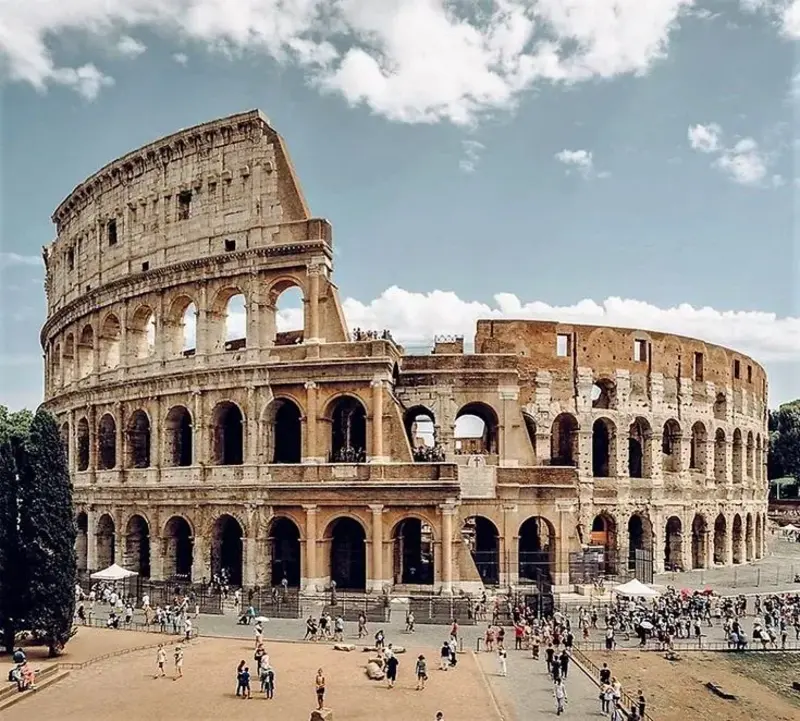
In addition to preservation efforts, the Collseum Greece has also been integrated into the tourism industry in Greece. Guided tours are available for visitors, offering insights into the history and architecture of the Collseum Greece. These tours often include visits to other nearby historical sites, providing a comprehensive understanding of ancient Greek culture and history.
Interesting Facts and Figures about the Collseum Greece
- The Collseum Greece could accommodate up to 10,000 spectators, making it one of the largest amphitheaters of its time.
- The structure was primarily built using marble and limestone, materials that were readily available in the region.
- The Collseum Greece was strategically located in the city of Epirus, which was a major cultural and political center in ancient Greece.
- The acoustics of the Colosseum were so advanced that even whispers from the stage could be heard clearly by the audience. Learn about India’s Stone Chariot Hampi.
- The Collseum Greece hosted a wide range of events, from theatrical performances and athletic competitions to public speeches and religious ceremonies.
Conclusion
If you’re planning a trip to Greece, make sure to add the Colosseum to your itinerary. This hidden gem offers a unique glimpse into the cultural and architectural brilliance of ancient Greece. Whether you’re a history buff, an architecture enthusiast, or simply looking to explore the rich heritage of Greece, the Colosseum is a must-visit destination that will leave you awe-inspired. Don’t miss the chance to witness this architectural marvel and immerse yourself in the history and culture of ancient Greece.


